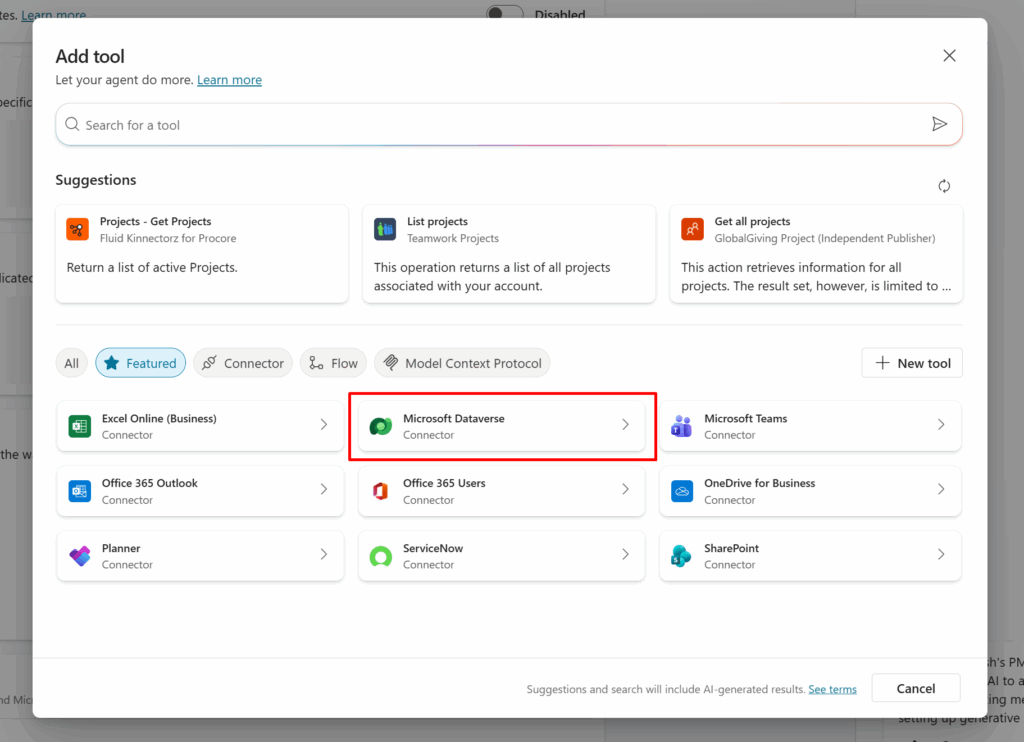Now Reading: Dynamics 365 – Why you might want to buy CRM before November 1st
-
01
Dynamics 365 – Why you might want to buy CRM before November 1st
Dynamics 365 – Why you might want to buy CRM before November 1st

There are changes coming soon… November 1st to be specific. As of this writing, that is about a month away. As a potential customer, who has been exploring the current product, you have two choices, move forward quicker, or hold off until later. I wanted to quickly jot down my thoughts on the pros and cons of both approaches.
The Bridge is Going Up
I can hear the alarm in the distance, warning that the drawbridge is going up. On November 1st, Microsoft Dynamics CRM Online, will no longer be available as it is today… Period. That sounds scarier than it really is, because when the drawbridge comes back down on the same day, Dynamics 365 will be available. What to do?
The Case for Moving Quicker
So purchasers who move in the next 30 days will be able to buy the current product, Including Sales, Service and Marketing, for either $65/user/month, or if you have a qualifying Office 365 plan, as an add-on for only $50/user/month. You will have a full year to get going with a product that is well-supported by partners who know it well. After that year, you will need to transition to the new SKUs. This is promised to be a straightforward proposition, requiring no migration, but rather a new licensing model. Will it be higher? Maybe yes, a little, or maybe no, a little, depending on your situation and use case. But, you would have a year to benefit from the existing product before you need to do anything at all, one way or the other. All third-party solutions will work as expected, and any bugs or issues with those, related to the new licensing model, will have long been worked out. Additionally, in a year you will move to the new SKUs at “Transitional” pricing as an “existing” user.
The Case for Waiting
If you want to take a “Wait and See” approach, and make your move after November 1st. You will be paying more, but you will also be getting more… and also less. There are some new capabilities coming with the new SKUs. This is why is is hard to compare the current costs to the new costs because it is sort of an “Apples and Oranges” thing. While there will definitely be “more”, there will be less in that the product will now be offered by individual workload. For example: Dynamics 365 Sales. This will be a new license designed specifically for Sales users, which is great provided that Sales is your only current workload. But if you also need Service, or Marketing, you would need to add that SKU, and the way the new pricing works out, you would instead opt for a “Plan”. A Plan would bring in a lot more than just Service, it would also bring in everything else.
Will there be a learning Curve?
I can see some of you thinking that you don’t want to learn one system only to have to re-learn a new one later. From what I have been told and seen, if your team, for example, starts using the current product for Sales efforts, and later you transition to the new Sales SKU, there will be no change, or retraining required… with the exception of learning “net new” capabilities. So the day-to-day use of CRM would not be effected or interrupted.
So What do I Suggest?
First, I have confirmed that customers who buy Dynamics CRM Online before November 1st, would have the option to change to the new SKUs anytime they want at the transitional prices. The transitional prices are designed to step-up over a couple of years to the new prices. I would want to have that transitional price option locked-in. I lose nothing, if I decide I really like the new capabilities of the new SKUs, I can take advantage, and transition anytime I want. I would also be concerned that third-party solution providers have their issues worked out by November 1st, which may preclude me from being able to use them for a while. While I can’t discuss the actual pricing yet, I can see, that for most people there will be a cost advantage of moving forward now.
The post Dynamics 365 – Why you might want to buy CRM before November 1st first appeared on Steve Mordue MVP.













